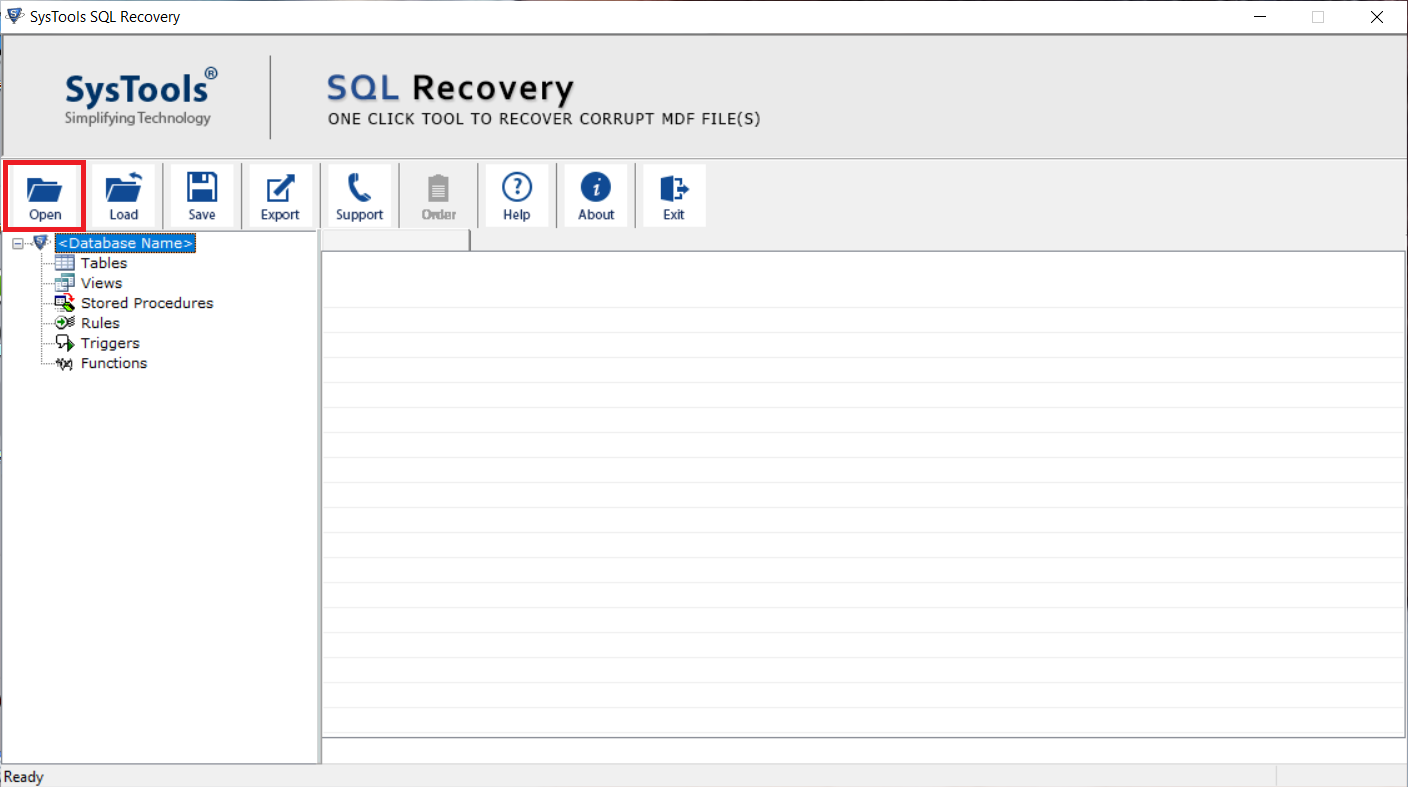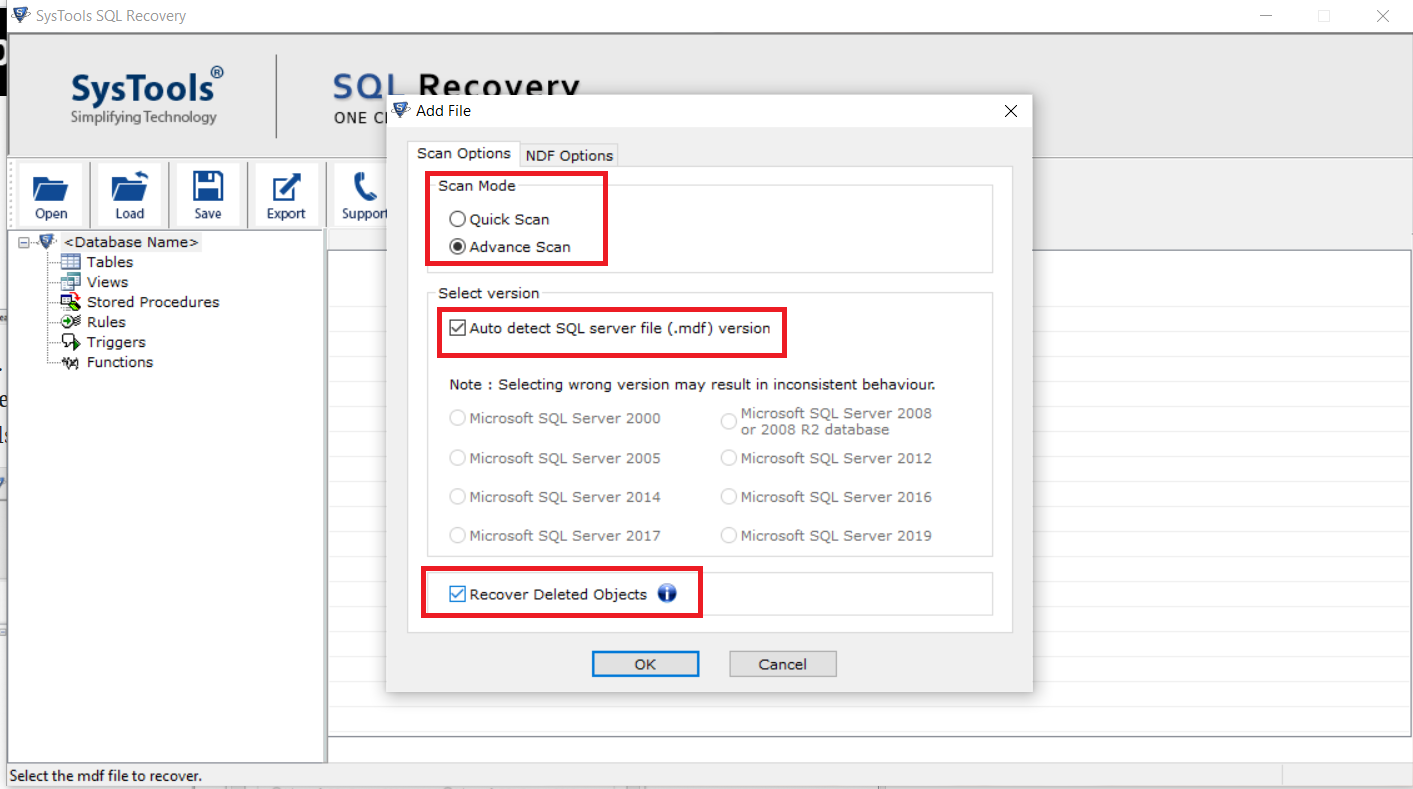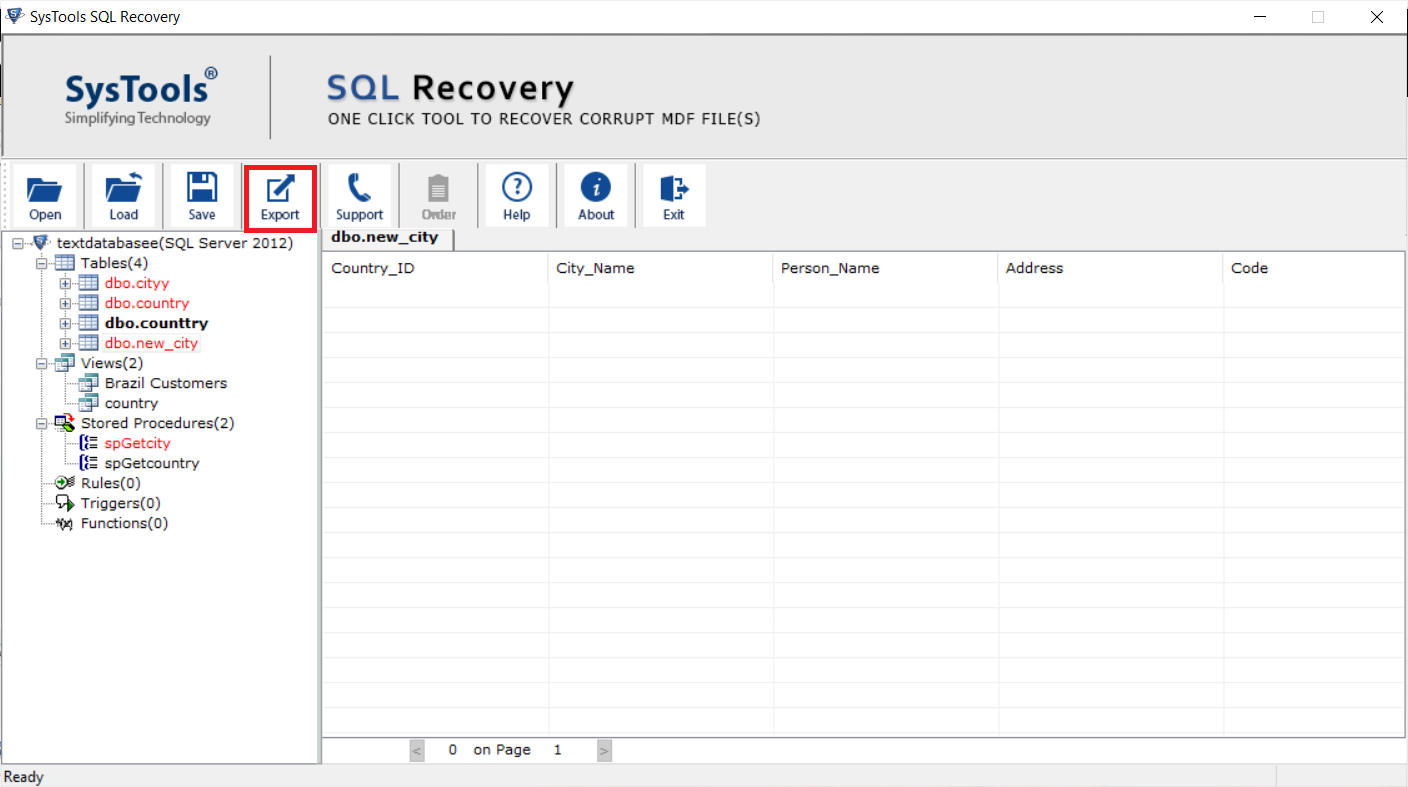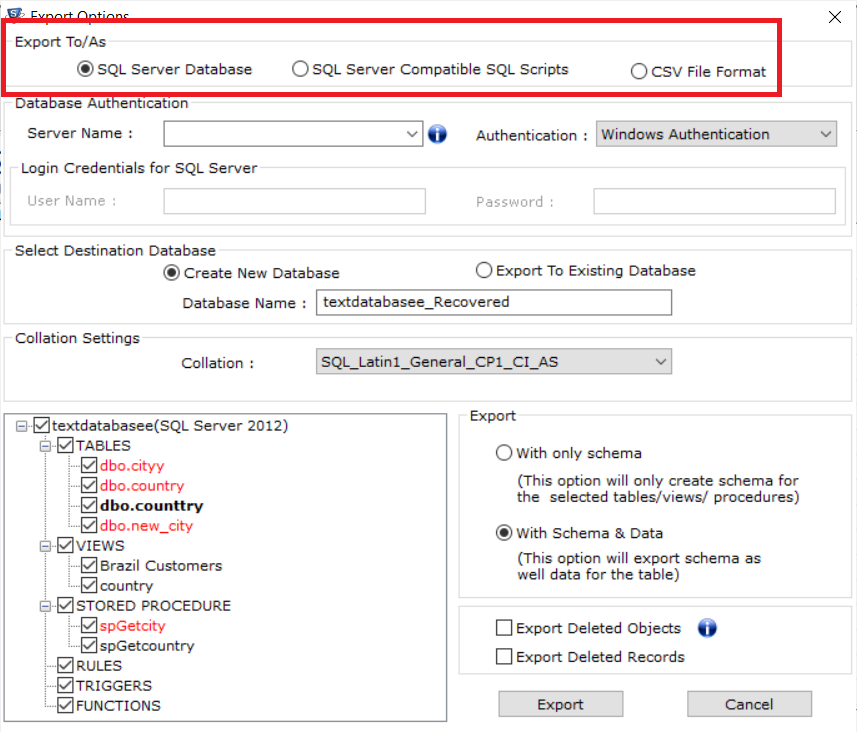Learn How to Extract Data From SQL Database Files – A Complete Guide
No doubt, multiple users are using SQL Server for easy handling and accessing the data. MS SQL Server stores all the data in MDF & LDF file format. MDF file contains the user’s crucial data that’s why the importance of this file is beyond description. However, there are some situations in which users want to extract data from SQL database files.
While extracting the database from MDF files many users face data loss or corruption issues. So, it is essential that the user should know the expert technique of how to extract data from MDF files in SQL Server 2019, 2017, 2016, 2014, and below. In this article, we are going to discuss the best possible solutions to let users understand the complete process in an effective way. So, without any further ado, let’s dig in.
Know-How to Extract Data From SQL Database Files
There are different approaches to restore SQL database from MDF files. Using these methods, a user can easily extract the data from any version of MS SQL Server One can use any of the approaches as further described:-
Manual Methods to Restore Database From MDF File
Method #1 to extract data from SQL files & restore it.
1. Firstly, log in to SQL Server Management Studio.
2. Go to Object Explorer and right-click on the Databases, click on the Attach option from the context menu.
3. Next, an Attach Database window will open, and then click on the Add button to proceed.
4. Browse the location and select the desired MDF file afterward click on the OK button.
5. Now, you will see the database detail on the screen, then click the OK button on this page too.
Done! Your database MDF file is connected successfully.
Method #2 to extract data from SQL files & restore it.
Another way to extract data from SQL database files is by using the T-SQL script. For this execute the given script: CREATE DATABASE testdatabase ON (FILENAME = ‘C:\Program Files\Microsoft SQL Server\MSSQL12.MSSQLSERVER\MSSQL\DATA\testdatabase.mdf’) FOR ATTACH_REBUILD_LOG GO
Flexible Solution to Extract Data from SQL Database Files
The above-mentioned manual solution will work only if the required database .mdf file is in a healthy state. However, if you are trying to restore the corrupted or damaged MDF file, then the manual steps do not work for you. In such situations, users can opt for a reliable tool i.e. SQL Recovery Tool.
It is an eminent utility that can recover damaged SQL database files (.mdf or .ndf) and after fixing the issue from the database, users can export the recovered MDF file into the live SQL Server database, SQL script. This way users can also export data from SQL database to CSV file with ease. Not only this but with this tool, users can also recover the permanently deleted database items without any hurdle. Moreover, it is compatible with the databases created in SQL Server 2019, 2017, 2016, 2014, 2012, and below versions.
Steps to extract data from SQL database files using SQL Recovery software
Step-1. Download and run the application and click on the Open to add the database MDF file into the tool.

Step-2. Choose any of the scan options (use Advance Scan for severe corruption )and select the Server version of selected the MDF file. And hit the OK button to proceed with the process.

Step-3. After scanning the file recovered SQL database components will be displayed in tree structure format on the left panel and then click on the Export button.

Step-4. Now, select the export to SQL Server database option and fill the required export details. After that select the desired data items and at the end, click the Export button to extract data from SQL files.

Conclusion
In the above write-up, we have explained to you the most effective and reliable ways to extract data from SQL database files. Different methods are described in a detailed manner, out of them, you can go for anyone that suits your needs and requirements the most.
Due to the highly advanced features provided by the tool, most experts and professionals rely on it for database recovery. This way users can extract Data From SQL Files without any hassles.

